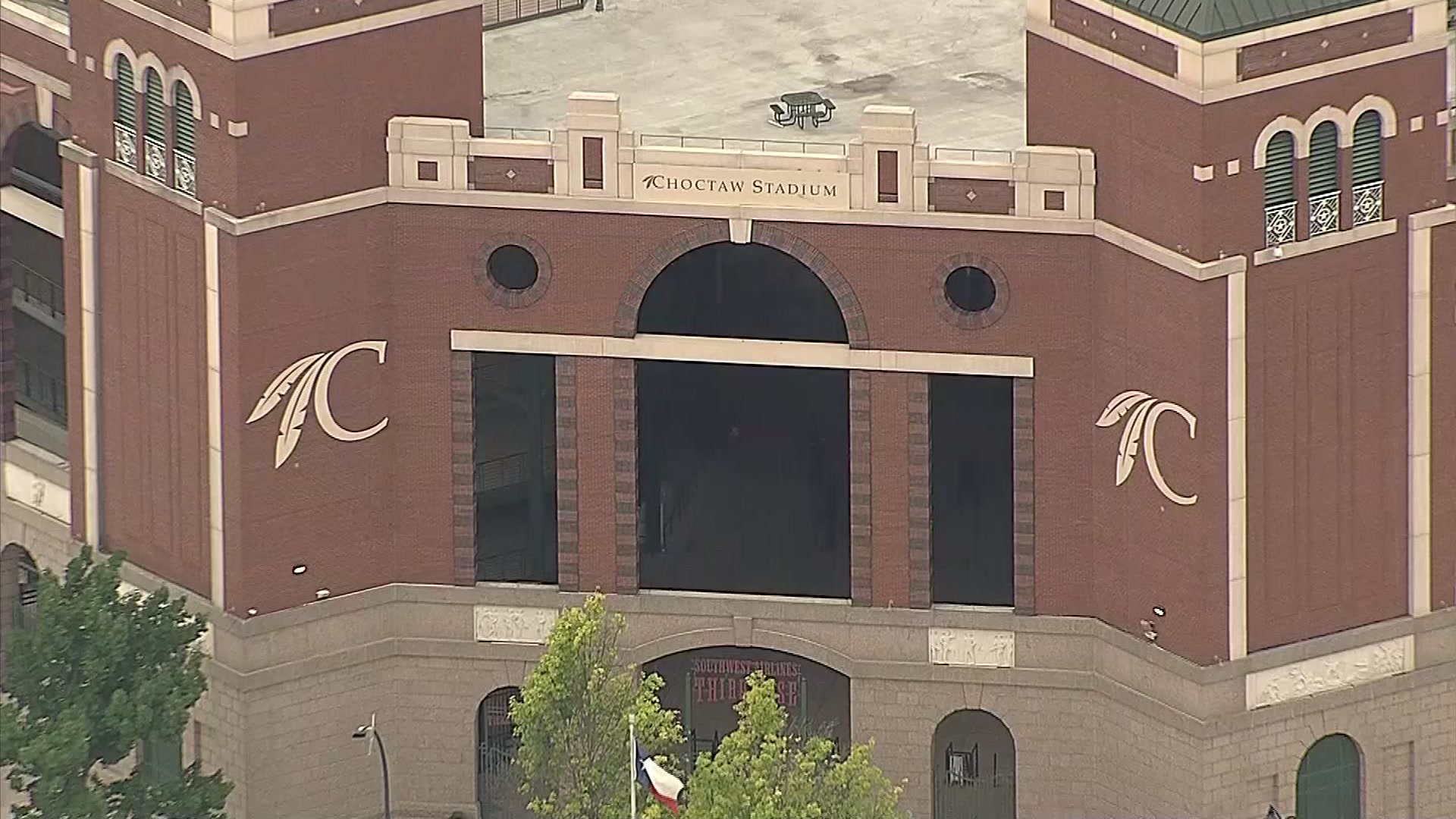In a move designed to improve patient care and reduce accidents, ambulances in Fort Worth will no longer race to the hospital with lights and sirens while transporting people in cardiac arrest.
MedStar’s change in protocol is believed to be the first in the country by a major ambulance provider, said Matt Zavadsky, the service’s associate operations director.
It will reduce the number of emergency transports by 40 percent, he said.
Zavadsky cited several reasons for the change:
- The best treatment for cardiac arrest patients is good, steady chest compressions. Paramedics can do their work easier when the ambulance is not driving fast and weaving in and out of traffic.
- Driving slower is safer. Some 74 percent of accidents occur when ambulances are running with lights and sirens.
- There is no urgency. He said, “Everything the hospital would do for that cardiac arrest patient, we’re already doing either in the patient’s living room or in the ambulance."
The new rules mean ambulances will arrive at the hospital an average of one minute and 43 seconds later than they would with lights and sirens, but Zavadsky said the benefits outweigh the slower travel time.
"Everything to make the ambulance transports safer for the patient, for the crew and for the public,” he said.
The slowdown only covers cardiac arrest patients and only includes the drive from the scene to the hospital -- not the initial response to a 911 call. Paramedics will still race to the scene of an emergency as soon as possible, he said.
Zavadsky said the ambulance service will look in the future at expanding the slower protocol to include victims of trauma.
Local
The latest news from around North Texas.
"A lot of times we think that trauma needs to be at the hospital right away, but the current research is showing that it doesn't really matter,” he said.
MedStar serves Fort Worth and 14 surrounding cities.



